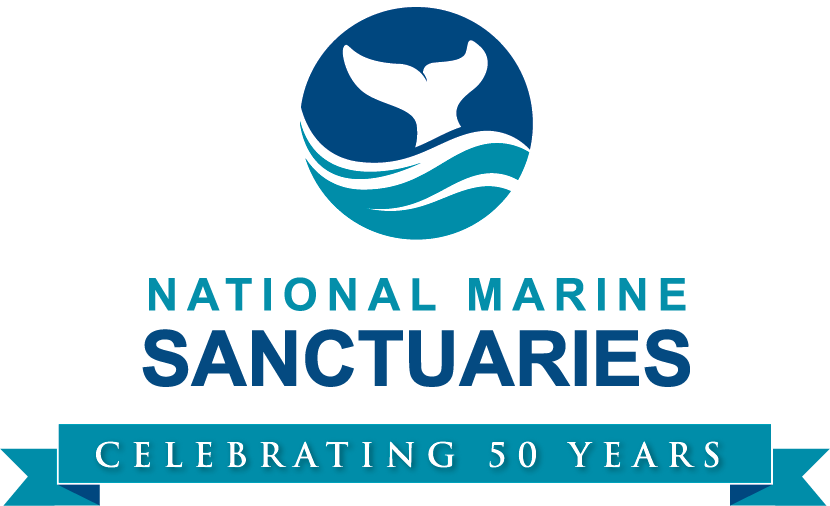
One Ocean: The Management of Sanctuaries in a Global Ocean
50th Anniversary Sanctuary Signature Articles
By Elizabeth Moore | January 2023
Photo: A black-footed albatross soars over Cordell Bank National Marine Sanctuary. Image: NOAA
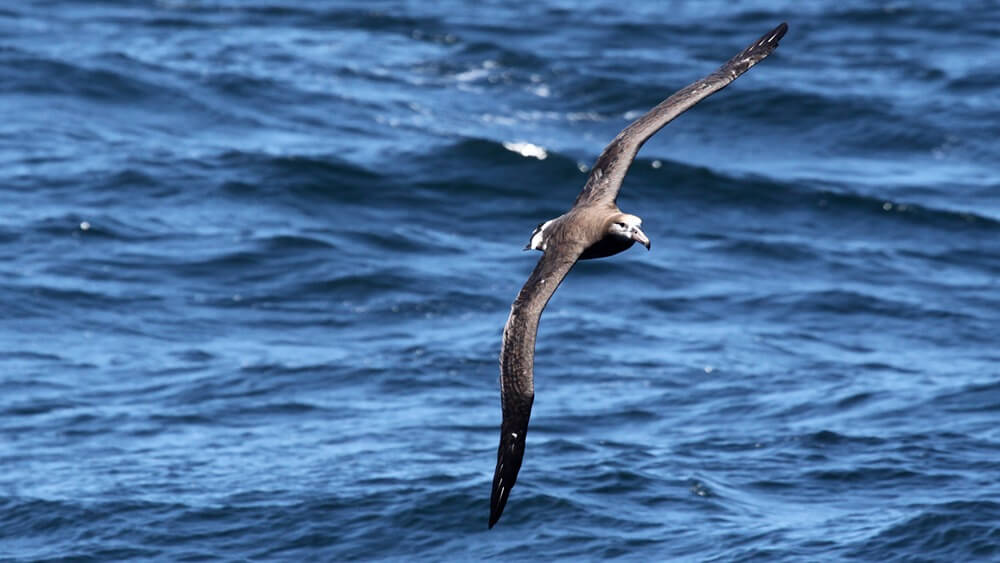
No Boundaries
A seabird soars out over the ocean, a black and white Laysan albatross gliding on seven-foot wings on her foraging journey from Midway in the Northwestern Hawaiian Islands. With a hungry chick waiting at home, she searches the surface of the water for their next meal. It’s vast and boundary-less, a rumpled blue spread on the surface of the planet. The rumples come from currents and eddies, gyres and drifts, and up- and down-wellings roiling across the ocean basins and rumbling against the continental edges. Below the soaring albatross, deep under the surface, a sperm whale uses his echolocation to "see" the bottom of the ocean: crowned with soaring mountains, jutted with banks and rises, smoothed with vast plains, and cratered with deep canyons and abysses. There are no borders, no walls, no signposts, no passports, only rolling blue as far as the eye can see.
If you are of a certain age, you might remember being taught in school that there were four oceans: Atlantic, Pacific, Indian, and Arctic. But while the ocean has basins—these four plus the Antarctic basin—ocean literacy standards today teach there is only one global ocean, embracing each continent and island, and plunging restlessly into all the basins and chasms between. Wind, light, currents, bottom topography, and water chemistry create the different personas of the ocean wears—warm aqua tropical, pale blue arctic, chilly gray temperate, deep indigo pelagic—but they are still part of the same body of water that covers more than 70% of the planet.
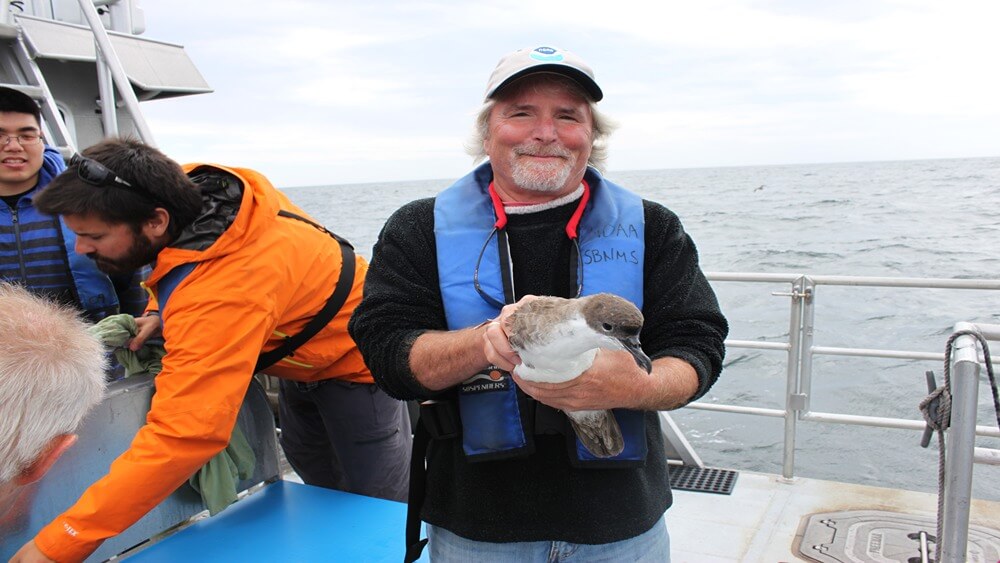
Protecting the ocean and its denizens present unique and difficult conservation challenges not faced by terrestrial natural resource managers. The open nature of the marine ecosystem in constant motion allows for connectivity over greater distances than might be found on land. For instance, in the distance that currents might carry coral and fish spawn and the incredibly long migrations of some seabirds and marine mammals. A great example of this is how satellite tracking data for shearwaters tagged in Stellwagen Bank National Marine Sanctuary off the coast of Massachusetts demonstrated that the birds’ annual migration takes them from the sanctuary in summer to their wintering grounds in Argentina, a journey of thousands of miles.
The water column provides an additional dimension to manage. Wildlife lives not only on the bottom of the ocean but also throughout the water column and at its surface; some seabirds spend a great deal of time in the air as well. Fish and other marine species we eat are harvested at much higher levels than most of the terrestrial species we consume. Marine species tend to disperse over a broader area in different life stages than terrestrial animals and tend to need many different kinds of habitat as they develop while terrestrial species rarely do. Marine species also need larger population sizes than land animals to be genetically healthy. Our knowledge about the ocean is not as extensive as it is about land, giving managers less information with which to work and make decisions.
Because of these factors, even the strongest localized protection cannot fully protect our sanctuary wildlife and habitats. We use three overlapping management approaches to help address these challenges: we work with international partners, we work on scales larger than just our sanctuaries, and we work to address large external threats. Read on to learn more about how these approaches let us extend our protective measures outside of sanctuary boundaries.
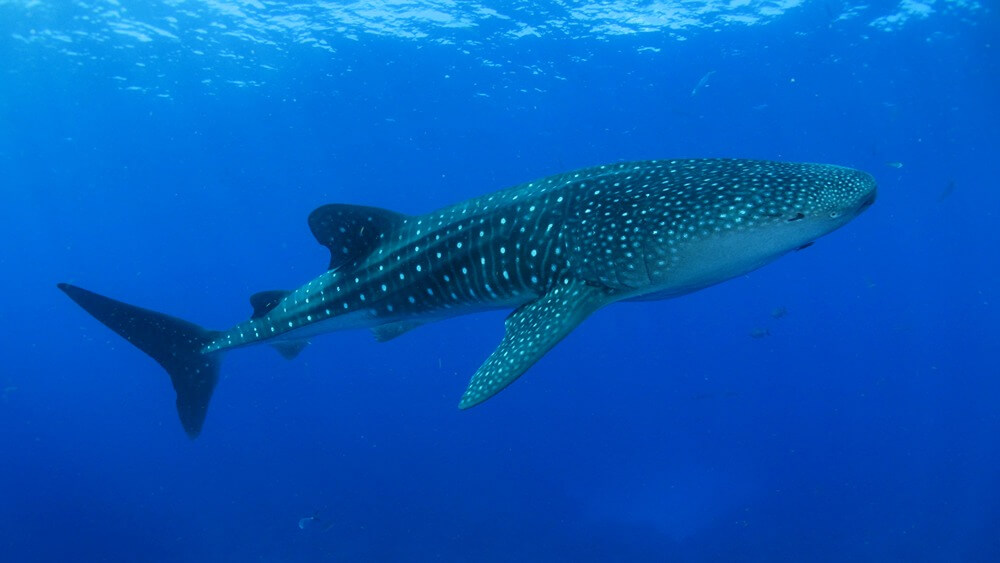
With Partners
As animals traverse the ocean, they enter, travel through, and leave waters under the jurisdiction of different countries, or the high seas which don’t belong to any single nation. Sanctuary managers work with professional colleagues and park agencies in other countries to protect such migratory species no matter where they are. The humpback whales residing in Stellwagen Bank National Marine Sanctuary in the summer, for example, spend their winters breeding in the Caribbean, prompting cooperative relationships with other ocean parks in the Dominican Republic, the French Antilles, and Bermuda, the first of its kind sister sanctuary network. Whale sharks in the Gulf of Mexico find the protection of parks at both ends of their migration, in Flower Garden Banks National Marine Sanctuary and Mexico’s Yum Balaam Nature Reserve in Mexico.
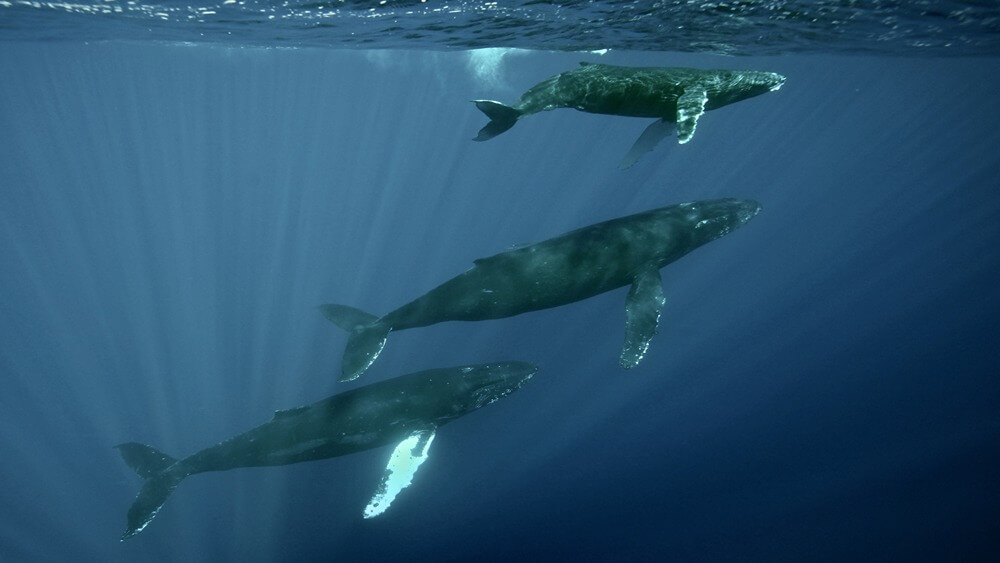
Understanding the biological needs and migratory behavior of marine wildlife is crucial to these kinds of cooperative efforts. The SPLASH project, pioneered in the mid-2000s by Hawaiian Islands Humpback Whale National Marine Sanctuary and its partners, shows a complex array of migrations of several populations of humpback whales in the Pacific basin moving between their summer feeding areas and their winter breeding waters. Blue whales, salmon, and other predators follow and feed on the swarms of krill that arrive each summer along the Central California coast, home to three national marine sanctuaries that protect all those creatures. Sea turtles hatching on southern Atlantic beaches, including those safeguarded by Cape Hatteras and Cape Canaveral national seashores, likely spend their first years in the protected floating meadows of the Sargasso Sea, and return to their natal beaches to lay their own clutches of eggs.
Understanding these linkages help sanctuary managers and scientists engage with partners in other parts of the world to better protect the animals that belong to no one nation.
At Scale
Drawing lines on the ocean isn’t easy. The boundaries of national marine sanctuaries and other underwater parks are influenced by convenience or politics, as much as by science. They sometimes correspond to county lines on shore, as is the case with Thunder Bay National Marine Sanctuary, or to a certain ocean depth as is the case with Hawaiian Islands Humpback Whale National Marine Sanctuary. Law enforcement officers prefer straight line boundaries for ease of enforcement of sanctuary regulations. Regardless of how they are created, boundaries have legal ramifications but may not have much significance to the birds, fish, turtles, marine mammals, and other wildlife who spend part or all of their lives in a sanctuary. Similarly, the nutrient-rich runoff from agricultural areas or oil spilled from a vessel won’t respect the legal boundaries of a protected area, instead flowing where currents and weather conditions dictate.
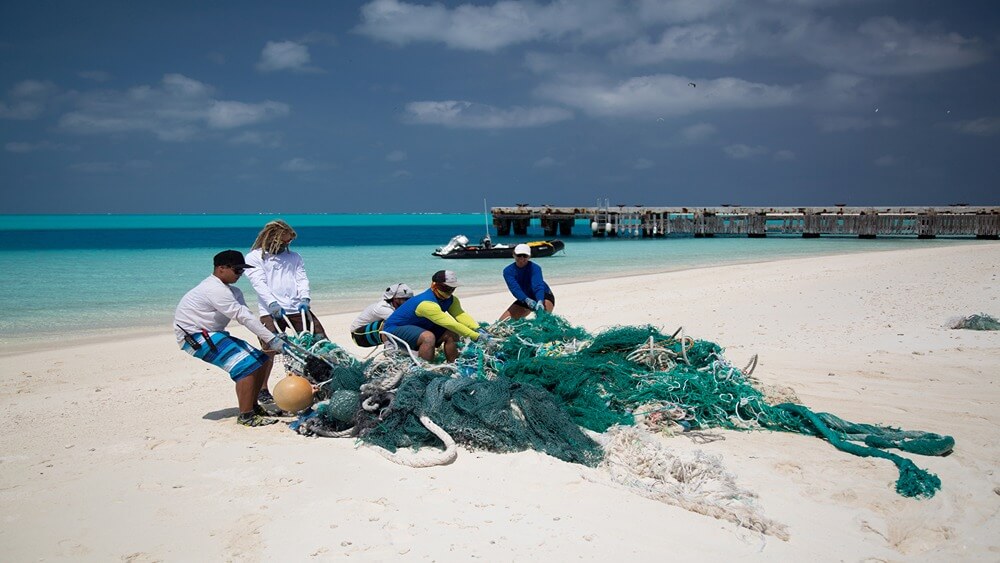
Recognizing these realities means working at a landscape/seascape scale that looks at a sanctuary or other underwater park in the context of its surrounding region. What’s happening along the shorelines of and in the ocean areas around the sanctuary and how will it affect the resources of the sanctuary? What are the sources of pollution in the area and who must we work with to address those sources? What are other protected areas in the region planning in the near future? Asking questions like these allows managers to build the right partnerships; make informed decisions about how to invest limited time, money, and effort; and anticipate and mitigate problems.
In addition to working on a seascape scale recognizing the environmental realities of the world, we also look at sanctuaries through the lens of the maritime cultural landscape.a This is a holistic approach to understanding the history of human interfaces with and use of the ocean for a given geography. A maritime cultural landscape encompasses all the structures we’ve built, from ancient fish weirs to modern industrial piers, from dams to bridges to boardwalks to lighthouses. It includes an understanding of why ancient peoples settled on specific parts of the coast, whether that was practical (safe harbor, food, swift transportation) or sacred (a holy feature or place, the presence of sacred animals or divine spirits), or both. It presents a fuller picture of the ocean as a vital transportation vector, from the ancient sea highways of the first people who traversed our shores to the IMO-warranted traffic lanes of our present, and the craft we’ve used, whether as shipwrecks lying on the seabed, celebrated in lore, or still in use today.
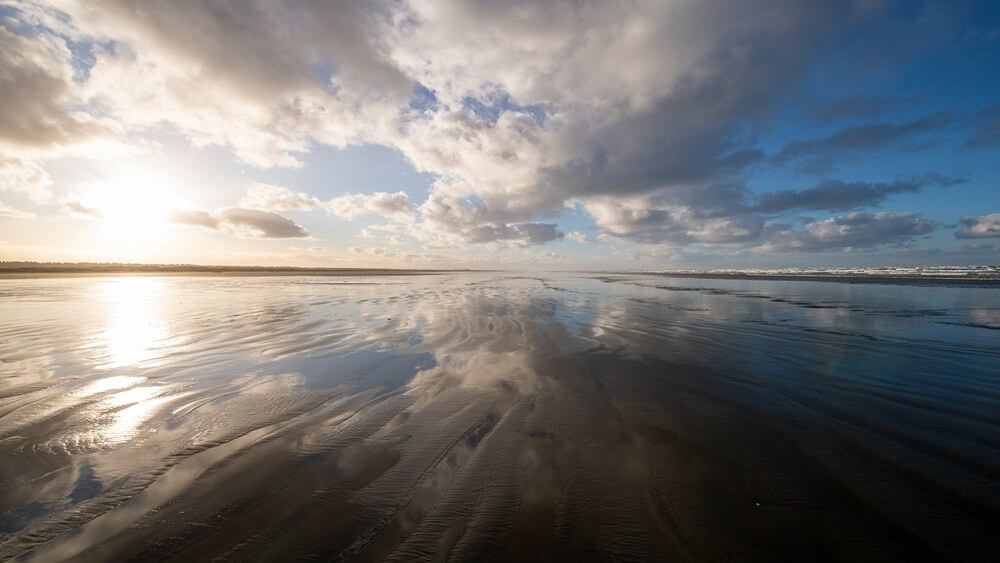
Working with a maritime cultural landscape approach gives us a more complete understanding of the full suite of uses and values of the ocean, to help comprehend how past impacts have resulted in current conditions and how to restore them to formally healthy baselines. We develop an appreciation that Indigenous people have genuinely different values and views of the ocean and coast and though those of us not raised in that culture may never truly comprehend those values, we must do our best to respect them in our collaborations and deliberations. We get a more nuanced view of centuries-old maritime uses and deeply held traditions for user groups who may usually be opponents of marine conservationists, and learn how to better engage and work with them. We have a better grasp on our communities and find our places as part of that community, how to make a more meaningful contribution through science, outreach, and management.
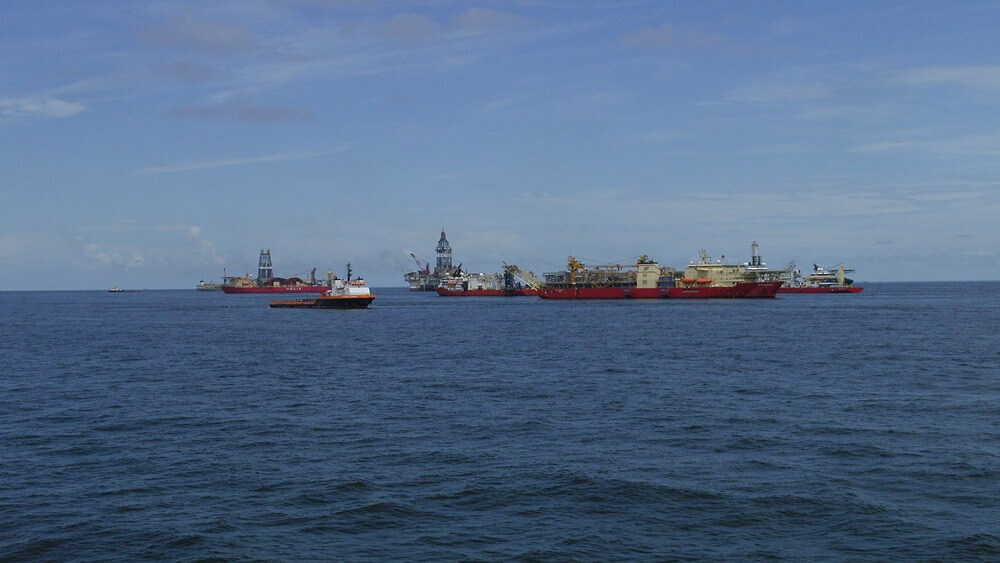
From Outside
Most sanctuary regulations apply only inside the defined boundaries of the site, restrictions on placing things on the seabed for example, or discharging material from a vessel. But as we’ve seen, those boundaries don’t keep animals in or threats out. How then do sanctuary managers deal with those outside threats? We have several authorities, for one, that help address those external issues. An "enter and injure" provision in the National Marine Sanctuaries Act allows us to address threats that enter the sanctuary from outside sources, such as oil spills. Other federal agencies must consult with us if they are planning to conduct an activity or are issuing a permit to someone else to conduct an activity in or near a sanctuary that may impact its wildlife, habitats, and other resources. The agency must take our comments into consideration before they undertake that activity or issue a permit allowing someone else to do so.
For another, we work with partners who have jurisdiction in areas or over activities that we don’t. State and county governments, for instance, generally control shoreline activities beside sanctuaries; working with them to address concerns that the sanctuary might have about onshore developments helps protect sanctuary wildlife and habitats. Working with the agricultural community can help implement best practices that support sustainable farming while reducing the flow of nutrients from fertilizers into the waters of a sanctuary. Partnering with shoreside parks allows the development of cooperative programs that protect shared resources.
But what about those issues that affect the entire ocean, large intractable issues like climate change? In those cases, we embrace the advice to "act local and think global." We work to build the resilience of our local resources. Healthy coral reefs, seagrass beds, and kelp forests, such as those not stressed by other things like pollution or overharvesting, can withstand warmer temperatures better than those already struggling to stay alive. Robust populations of wildlife are more likely to survive a disease outbreak. At the same time, we work to build an ocean stewardship ethic so that the healthier the ocean is as a whole, the healthier these local places we are privileged to protect will be.
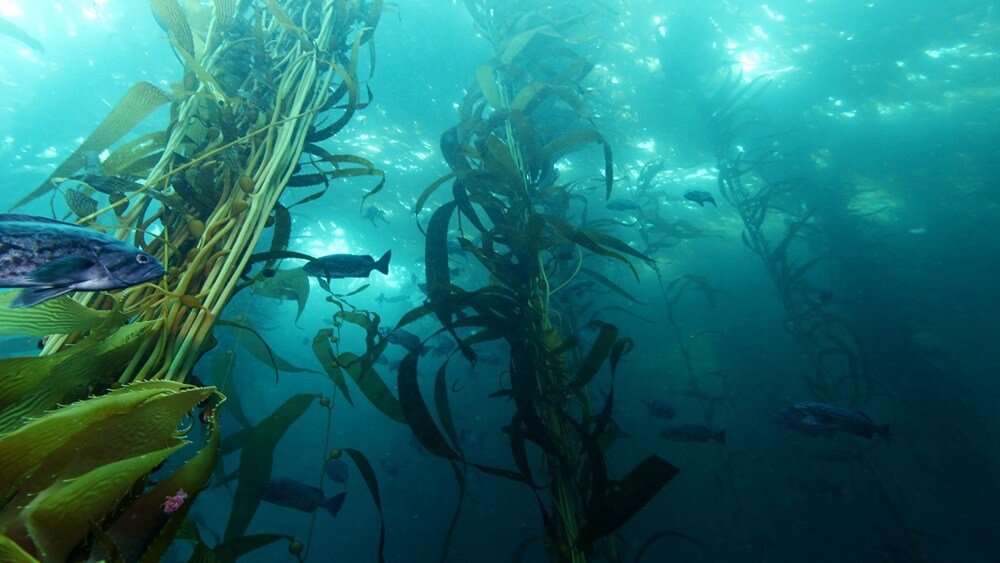
Conclusion
Herman Melville wrote in "Moby Dick" of the "sea-pastures, wide-rolling watery prairies and Potters' Fields of all four continents, the waves should rise and fall, and ebb and flow unceasingly."1 He described what we see from the port of the space station, the deck of a vessel, the flight of a seabird, the glide of the dolphin, the water surrounding fish and anemones, sea turtles and sea stars: one ocean world. Only by understanding that we humans all share the same ocean world and are facing the same threats can we hope to succeed in bequeathing a thriving ocean to our children and grandchildren.
References
1 Moby-Dick; or, The Whale by Herman Melville, 1851

